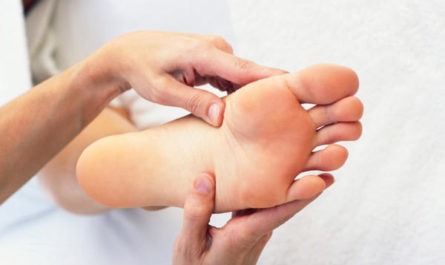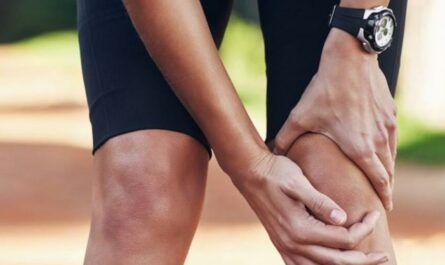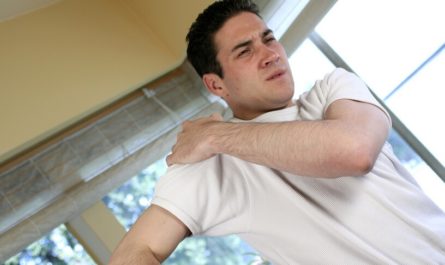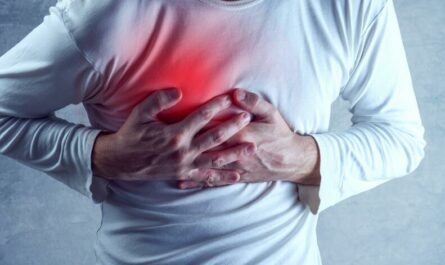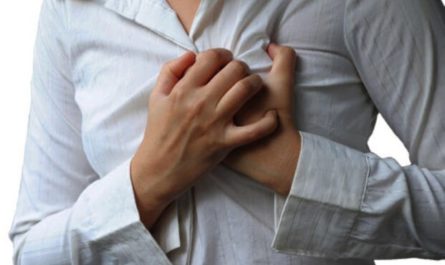Are you experiencing knee pain but unsure what’s causing it? You’re not alone. Knee pain is a common complaint that affects people of all ages. Whether you’re an athlete, a weekend warrior, or simply dealing with the aches, understanding the source of your knee pain is crucial for finding relief.
That’s where a knee pain diagnosis chart comes in handy. This visual tool helps you pinpoint the location of your pain and provides insights into potential causes. By identifying the specific area of your knee that hurts, you can take a more targeted approach to managing your discomfort.
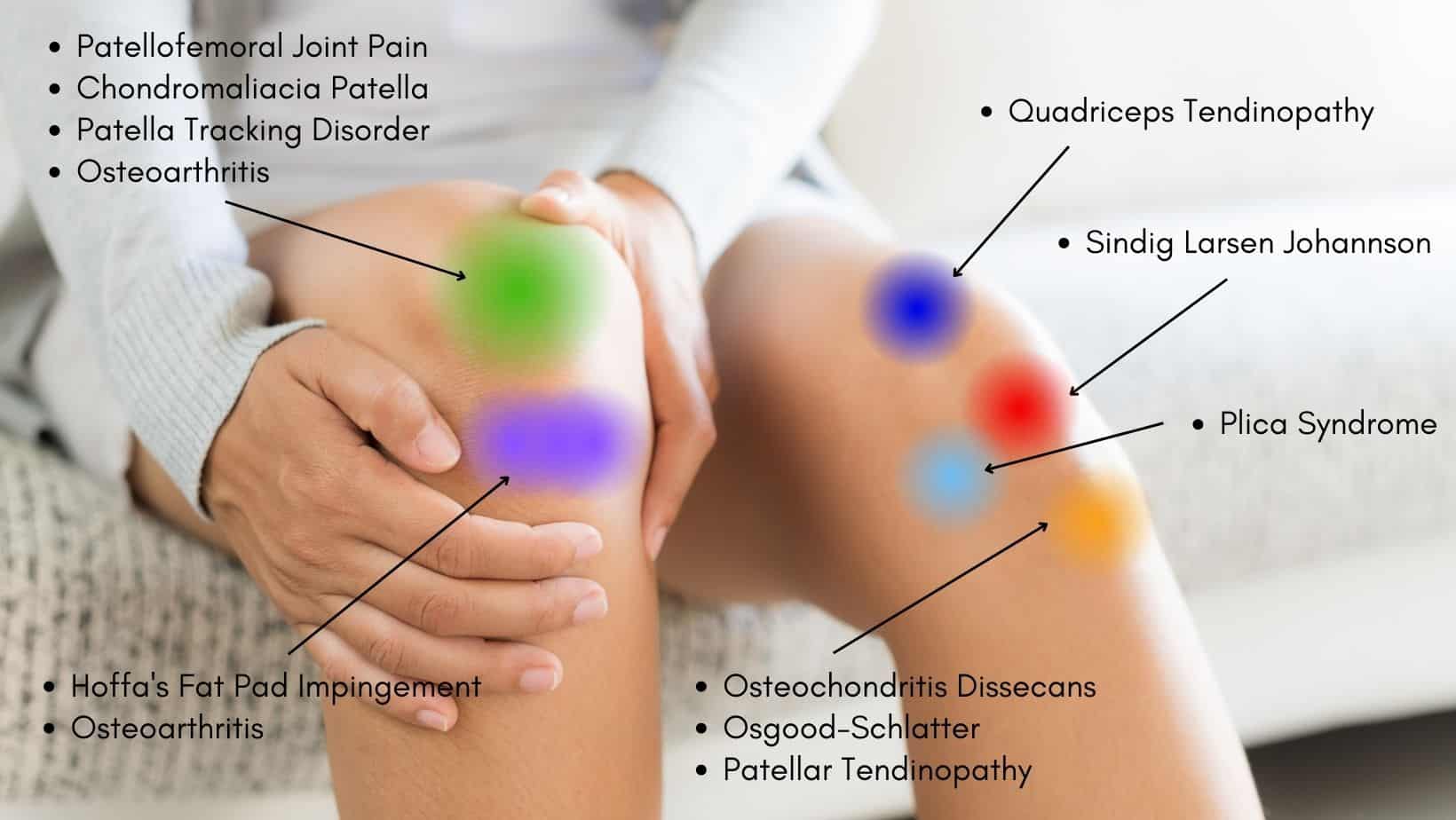
How to Use a Knee Pain Diagnosis Chart?
Using a knee pain diagnosis chart is simple. Start by locating the area of your knee that’s bothering you. Is the pain above the kneecap, below the kneecap, on the inner knee, or on the back of the knee? Once you’ve identified the location, refer to the chart to see which conditions are commonly associated with pain in that area.
It’s important to remember that a knee pain diagnosis chart is a starting point. It is not a substitute for professional medical advice. While it can give you an idea of what might be causing your pain, only a healthcare provider can provide a definitive diagnosis based on a physical exam.
Common Causes of Knee Pain by Location
Here is a table summarizing the different types of knee pain and their possible causes:
| Pain Location | Possible Causes |
|---|---|
| Front of the knee (anterior knee pain) | – Patellofemoral Pain Syndrome (PFPS) or “runner’s knee” – Patellar tendinopathy or tendonitis – Quadriceps tendinopathy – Infrapatellar fat pad syndrome – Plica syndrome – Effusion (swelling) – ACL tears and sprains – Patellar dislocation – Chondromalacia patella – Patellar fracture |
| Back of the knee (posterior knee pain) | – Hamstring injury or strain – Posterior cruciate ligament (PCL) injury – Baker’s cyst – Meniscus tears – Popliteal cyst |
| Inner side of the knee (medial knee pain) | – Medial collateral ligament (MCL) sprain – Medial meniscus tear – Pes anserine bursitis – Arthritis – Tibial stress fracture |
| Outer side of the knee (lateral knee pain) | – Iliotibial band syndrome (ITBS) – Lateral meniscus tear – Lateral collateral ligament (LCL) injury – Biceps femoris tendonitis – Arthritis |
| Below the kneecap (infrapatellar pain) | – Patellar tendonitis or tendinopathy – Osgood-Schlatter disease |
| Above the kneecap (suprapatellar pain) | – Quadriceps tendon rupture – Suprapatellar bursitis |
| Middle of the knee | – Anterior cruciate ligament (ACL) injury – Meniscus tears – Arthritis |
| Pain in the whole knee | – ACL injury – Patellofemoral Pain Syndrome – Dislocated patella |
Here’s a breakdown of some of the most common causes of knee pain based on location:
Front of the Knee (Anterior Knee Pain)
1. Patellofemoral Pain Syndrome (PFPS)
Also known as “runner’s knee,” PFPS is a condition in which the kneecap rubs against the thighbone. It can cause pain and inflammation. It’s often caused by overuse, muscle imbalances, or alignment issues.
Symptoms may include a dull ache or sharp pain around the kneecap, especially when climbing stairs, squatting, or sitting for long periods.
2. Patellar Tendinopathy
This condition occurs when the patellar tendon, which connects the kneecap to the shinbone, becomes inflamed. It’s common in athletes who do a lot of jumping, hence the nickname “jumper’s knee.” Symptoms include pain and tenderness just below the kneecap, stiffness, and weakness in the knee.
3. Quadriceps Tendinopathy
Similar to patellar tendinopathy, this condition affects the quadriceps tendon that connects the quadriceps muscle to the kneecap. It’s often caused by overuse or repetitive stress. Symptoms include pain and tenderness above the kneecap, swelling, and difficulty straightening the knee.
4. Infrapatellar Fat Pad Syndrome
The infrapatellar fat pad is a soft tissue structure located below the kneecap. When it becomes pinched or inflamed, it can cause pain and tenderness in the front of the knee. This occurs especially when the knee is fully extended or flexed.
5. Plica Syndrome
Plica are folds of synovial tissue in the knee joint. When they become irritated or inflamed, they can cause pain, clicking, or snapping in the front of the knee. This happens particularly when bending or straightening the leg.
6. Effusion
Knee effusion refers to swelling in the knee joint caused by excess fluid accumulation. It can be a sign of an underlying condition like arthritis, injury, or infection. Symptoms include swelling, stiffness, and decreased range of motion in the knee.
Back of the Knee (Posterior Knee Pain)
1. Hamstring Injury
A hamstring injury is a strain or tear in one of the three hamstring muscles at the back of the thigh. It can cause pain, swelling, and weakness in the back of the knee, especially when bending the leg or walking. Hamstring injuries are common in sports that involve sprinting or sudden stops and starts.
2. Posterior Cruciate Ligament (PCL) Injury
The PCL is a ligament that stabilizes the back of the knee joint. An injury to the PCL can cause pain, swelling, and instability in the knee when walking downhill or backward. PCL injuries are less common than ACL injuries but can still be significant.
3. Baker’s Cyst
A Baker’s cyst is a fluid-filled sac that develops behind the knee, often due to an underlying condition like arthritis or a meniscus tear.
It can cause pain, swelling, and stiffness in the back of the knee, as well as a feeling of tightness or fullness. In some cases, a Baker’s cyst may rupture, causing sharp pain and swelling in the calf.
4. Meniscus Tears
The meniscus is a C-shaped piece of cartilage that acts as a shock absorber in the knee joint. A tear in the meniscus can cause pain, swelling, and clicking in the back of the knee. Meniscus tears are common in sports that involve twisting or pivoting movements.
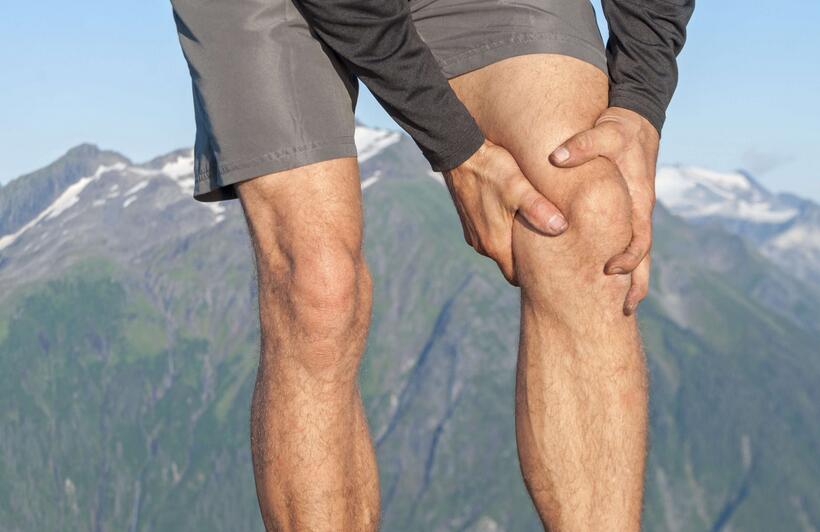
Inner Side of the Knee (Medial Knee Pain)
1. Medial Collateral Ligament (MCL) Sprain
The MCL is a ligament that runs along the inner side of the knee, providing stability to the joint. An MCL sprain can cause pain, swelling, and instability on the inner side of the knee. This happens especially when putting weight on the leg. MCL sprains are common in sports like skiing, football, and soccer.
2. Medial Meniscus Tear
The medial meniscus is located on the inner side of the knee joint. A tear in the medial meniscus can cause pain, swelling, and clicking on the inner side of the knee, and difficulty straightening the leg fully. Medial meniscus tears are often caused by twisting or pivoting movements.
3. Pes Anserine Bursitis
The pes anserine bursa is a small, fluid-filled sac located on the inner side of the knee. When it becomes inflamed, it can cause pain and tenderness on the inner side of the knee. You may suffer from this condition, especially during activities like climbing stairs or running. Pes anserine bursitis is common in runners and other athletes.
4. Arthritis
Osteoarthritis and rheumatoid arthritis can cause pain, stiffness, and swelling on the inner side of the knee joint. Arthritis is more common in older adults and can be managed with a combination of medication, physical therapy, and lifestyle changes.
5. Tibial Stress Fracture
A stress fracture in the tibia (shinbone) can cause pain on the inner side of the knee, especially during weight-bearing activities. Tibial stress fractures are common in runners and other athletes who engage in high-impact activities.
Outer Side of the Knee (Lateral Knee Pain)
1. Iliotibial Band Syndrome (ITBS)
The iliotibial band is a thick band of tissue that runs along the outer side of the thigh. When it becomes tight or inflamed, it can rub against the knee joint. This will cause pain on the outer side of the knee, especially during activities like running or cycling. ITBS is common in runners and cyclists.
2. Lateral Meniscus Tear
The lateral meniscus is located on the outer side of the knee joint. A tear in the lateral meniscus can cause pain, swelling, and instability on the outer side of the knee. Lateral meniscus tears are often caused by twisting or pivoting movements.
3. Lateral Collateral Ligament (LCL) Injury
The LCL is a ligament that runs along the outer side of the knee, providing stability to the joint. An LCL injury can cause pain, swelling, and instability on the outer side of the knee, especially when putting weight on the leg. LCL injuries are less common than MCL injuries but can still be significant.
4. Biceps Femoris Tendonitis
The biceps femoris is one of the hamstring muscles. Its tendon attaches to the outer side of the knee. When inflamed, it can cause pain in this area, particularly during activities that involve bending the knee. Biceps femoris tendonitis is common in athletes who engage in running or jumping activities.
5. Arthritis
Osteoarthritis and rheumatoid arthritis can cause pain, stiffness, and swelling on the outer side of the knee joint. Arthritis is more common in older adults and can be managed with a combination of medication, physical therapy, and lifestyle changes.
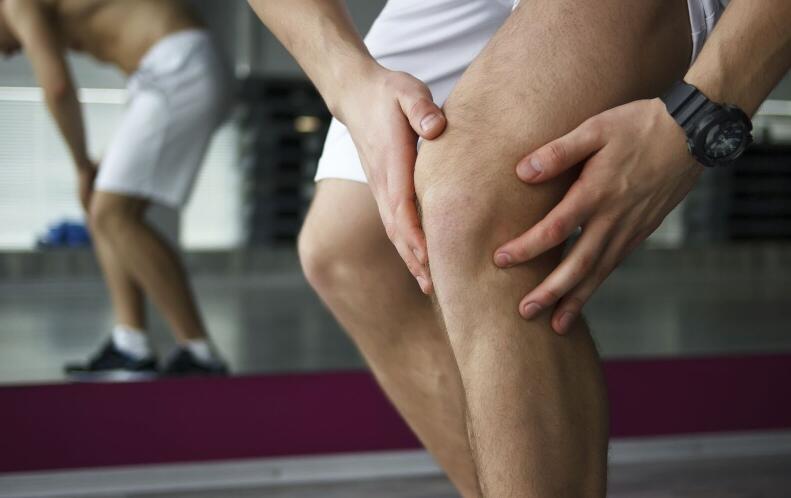
Below the Kneecap (Infrapatellar Pain)
1. Patellar Tendonitis
Also known as “jumper’s knee,” this condition is caused by inflammation of the patellar tendon. It can cause pain and tenderness below the kneecap, especially during jumping or running activities. Patellar tendonitis is common in athletes who engage in high-impact activities.
2. Osgood-Schlatter Disease
This condition typically affects adolescents during growth spurts. It causes pain, swelling, and tenderness below the kneecap, where the patellar tendon attaches to the shinbone. Osgood-Schlatter disease is often caused by overuse and can be managed with rest, ice, and physical therapy.
Above the Kneecap (Suprapatellar Pain)
1. Quadriceps Tendon Rupture
A tear or rupture of the quadriceps tendon, which connects the quadriceps muscle to the kneecap. This can cause severe pain above the kneecap, as well as swelling and difficulty straightening the leg. Quadriceps tendon ruptures are more common in older adults and often require surgical repair.
2. Suprapatellar Bursitis
Inflammation of the suprapatellar bursa, a fluid-filled sac located above the kneecap. This can cause pain and swelling in this area, especially when the knee is bent.
Suprapatellar bursitis is often caused by overuse or repetitive stress and can be managed with rest, ice, and anti-inflammatory medication.
Middle of the Knee
1. Anterior Cruciate Ligament (ACL) Injury
The ACL is a ligament that runs through the middle of the knee joint, providing stability. An ACL injury can cause pain, swelling, and instability in the middle of the knee, and a popping sensation at the time of injury. ACL injuries are common in sports that involve sudden stops, jumps, or changes in direction.
2. Meniscus Tears
Tears in the meniscus, the C-shaped cartilage that acts as a shock absorber in the knee joint, can cause pain, swelling, and clicking in the middle of the knee. Meniscus tears are often caused by twisting or pivoting movements and are common in sports like football, basketball, and tennis.
3. Arthritis
Osteoarthritis and rheumatoid arthritis can cause pain, stiffness, and swelling in the middle of the knee joint. Arthritis is more common in older adults and can be managed with a combination of medication, physical therapy, and lifestyle changes.
When to Seek Medical Attention?
While a knee pain diagnosis chart can be a helpful tool, it’s important to know when to seek professional medical attention. If you experience any of the following symptoms, it’s time to see a doctor:
- Severe pain or swelling
- Inability to bear weight on the affected leg
- Visible deformity or instability in the knee joint
- Symptoms that persist for more than a few days or worsen over time
- Pain that interferes with daily activities or sleep
Your doctor may recommend a variety of treatments depending on the underlying cause of your knee pain. These may include rest, ice, compression, elevation (RICE), physical therapy, medications, or in some cases, surgery.
The Bottom Line
Knee pain is a common but complex issue that can have many different causes. By using a knee pain diagnosis chart, you can gain valuable insights into what might be causing your discomfort. However, it’s always best to consult with a healthcare professional for a proper diagnosis. With the right diagnosis and treatment, you can get back to living your life to the fullest.

